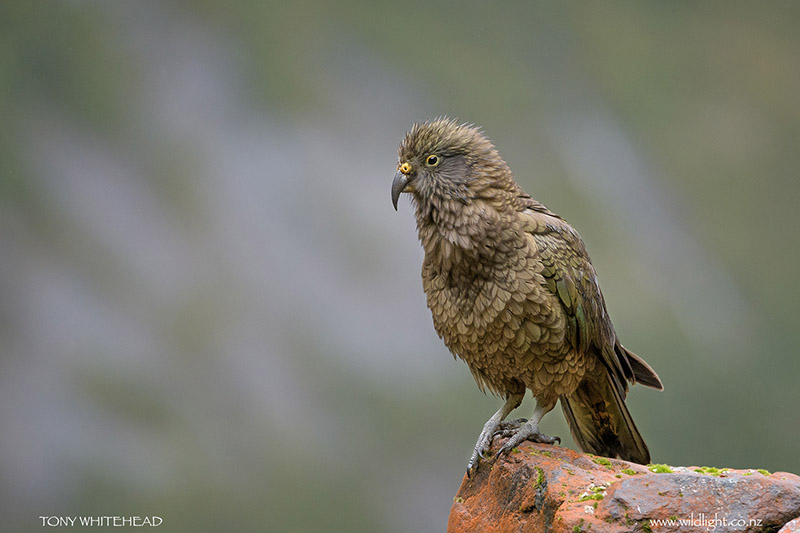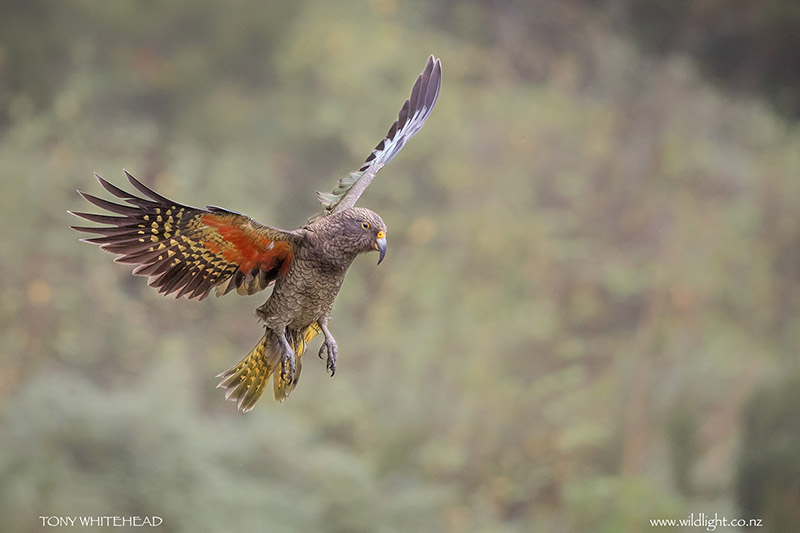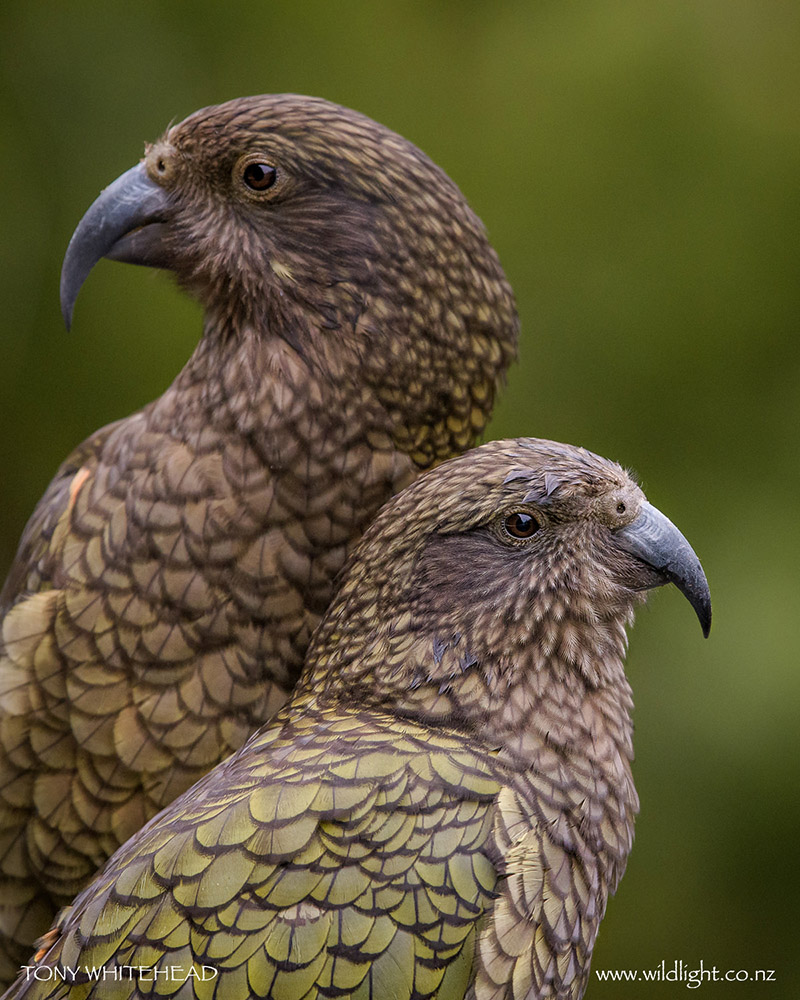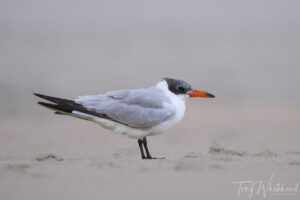
Recently the Kea (Nestor notabilis) was voted New Zealand Bird of the Year 2017. It is always a challenge to try and choose a favourite bird ( For me, any Albatross and Blue Ducks will always be up near the top of the list, along with any Kingfisher or Vulture….) but having spent some time with Kea this year I was very pleased at their victory.
Kea are iconic New Zealand birds. They are the only truly alpine parrot in the world and are well known for their inquisitiveness having a reputation for stealing from campers and trampers and destruction of rubber seals and windscreen wipers of parked vehicles. Historically they have been persecuted by sheep farmers as they were implicated in sheep injuries. This behaviour was finally captured on film in 1992 when a kea was shown pecking into the back of a live sheep to feed on the perinephric fat. For 130 years Kea had been targeted with a conservative estimate of 130 000 being killed to protect sheep. Since 1986 they have been given full protected status but the decline in numbers remains a concern with an estimated population of only 3000-7000. Threats are multiple and include possum predation on eggs and chicks, stoat traps which Kea have learned to break into and poisoning during pest control operations. Another threat is lead poisoning as Kea peck at lead flashing and nails on alpine buildings. This was recently highlighted when a Kea showing overt signs of lead poisoning was captured at Arthur’s Pass and taken for chelation therapy. Birds with lower lead levels are likely impeded in judgement so more prone to accidental injury and death especially involving vehicles.

In 1990, shortly after arriving in New Zealand, we spent 2 weeks exploring the South Island by campervan and saw Kea at Mount Cook and a good number around the Homer Tunnel. A 2015 trip to Mount Cook revealed a single Kea , seen only while flying by helicopter over the Tasman Glacier. This year there were no Kea at the Homer Tunnel entry with one seen on exiting at the Milford Sound end. Returning a couple of days later I stopped and spent an hour in the rain at the Milford side. Initially there none to be seen but I could hear some calling and eventually a young one flew down to investigate and began digging for roots to feed on. Slowly more arrived until I had about 5 or 6 birds to watch and photograph.

Kea are very engaging with a cheeky and inquisitive nature. I had one fly over to the car and start investigating how to dismantle the wing mirror and another creep up behind me while I was crouched down photographing a pair posing together. Fortunately I noticed it before it managed to test it beak against the seat of my jeans!
For more information Kea see New Zealand Birds Online. This NZ Geographic article from 1994 is also worth reading for the historical perspective.
Photos with Nikon D500 and Nikon 300mm f4 PF lens.


